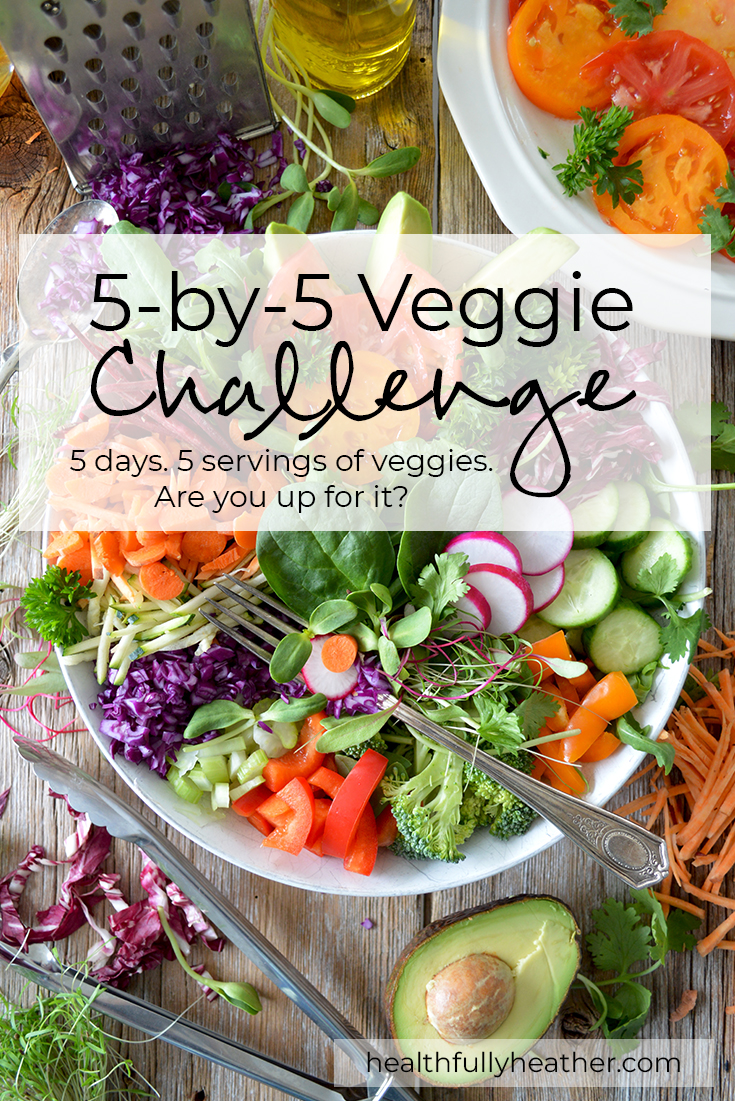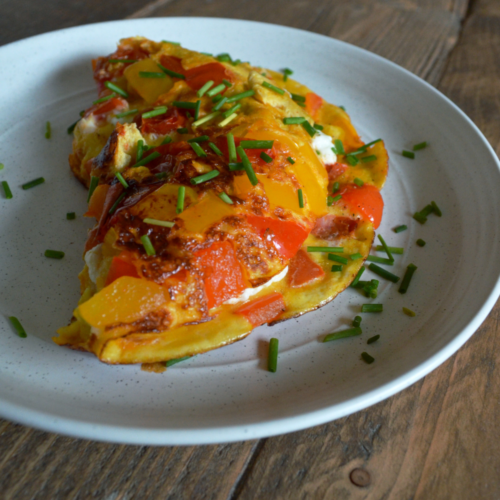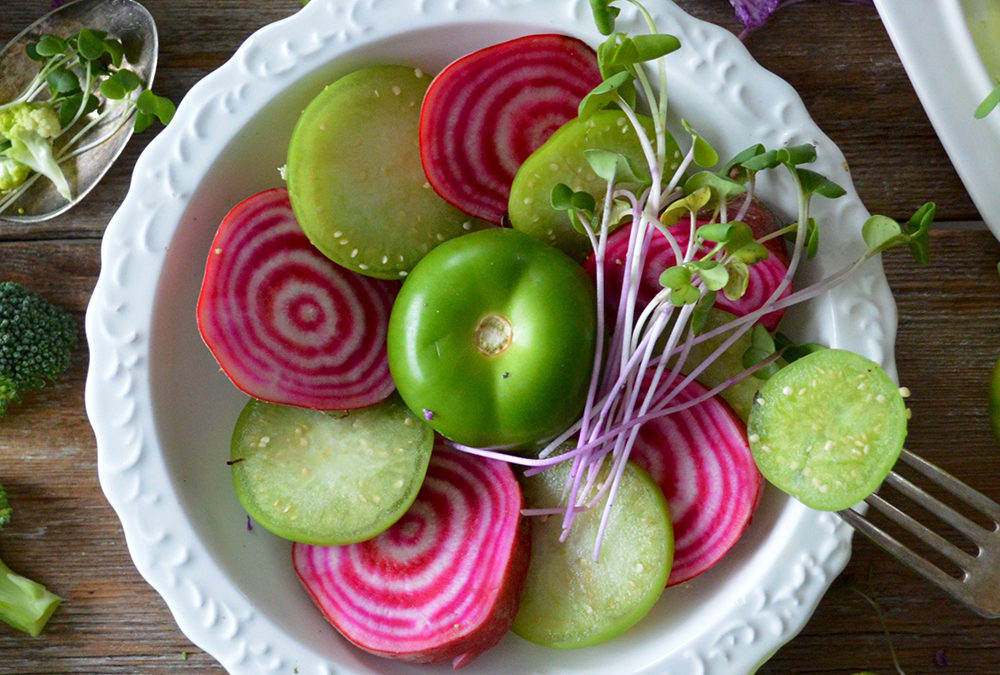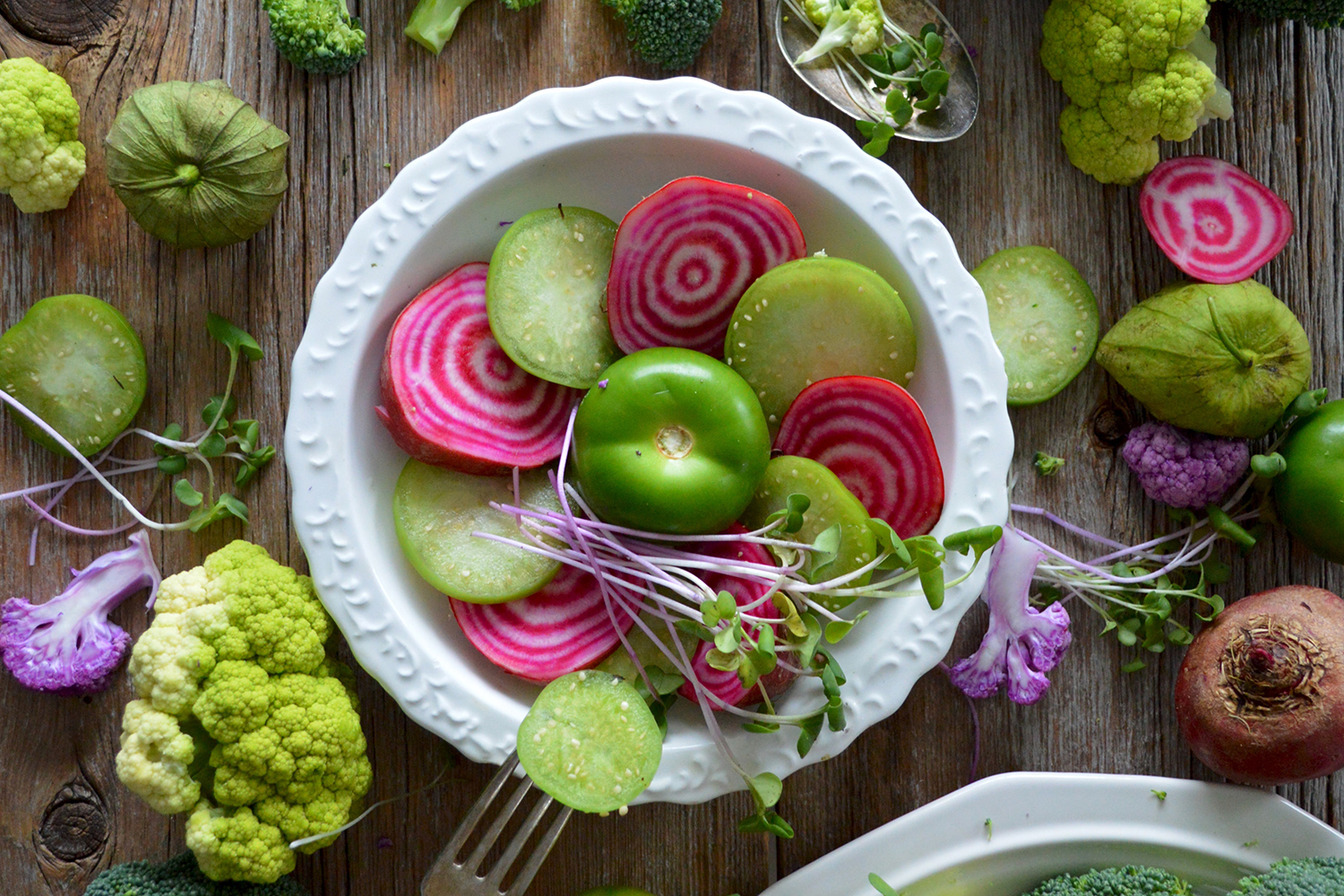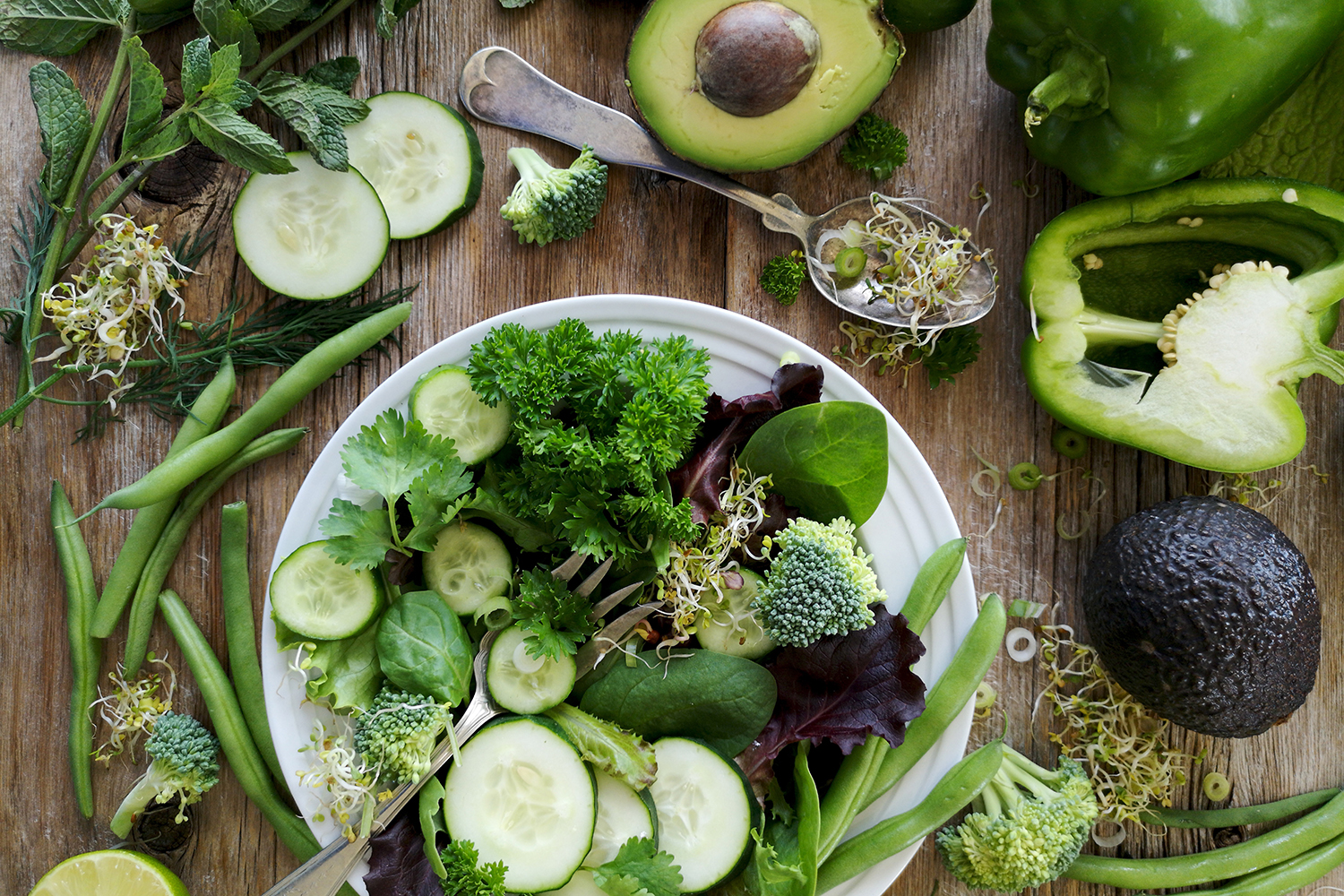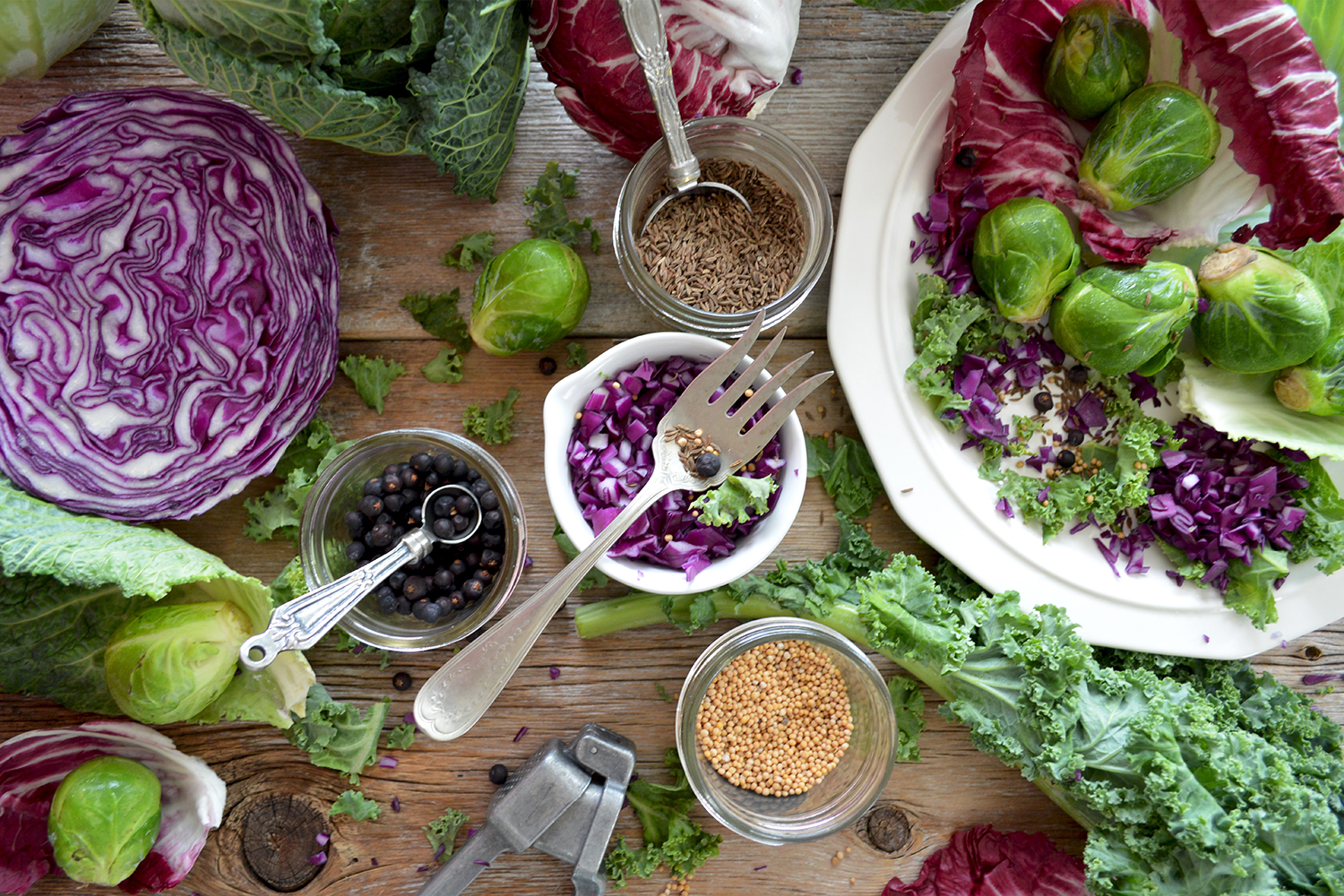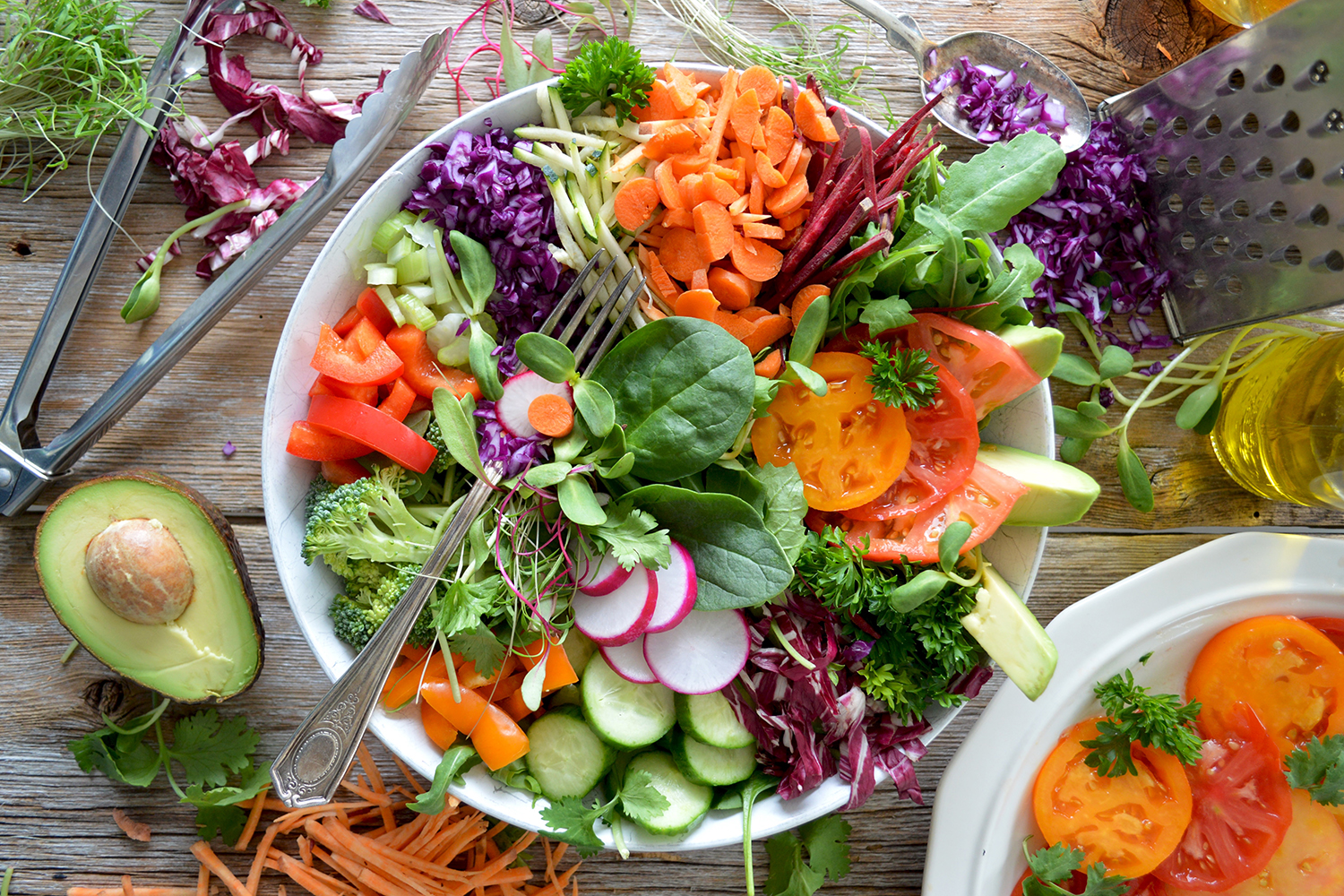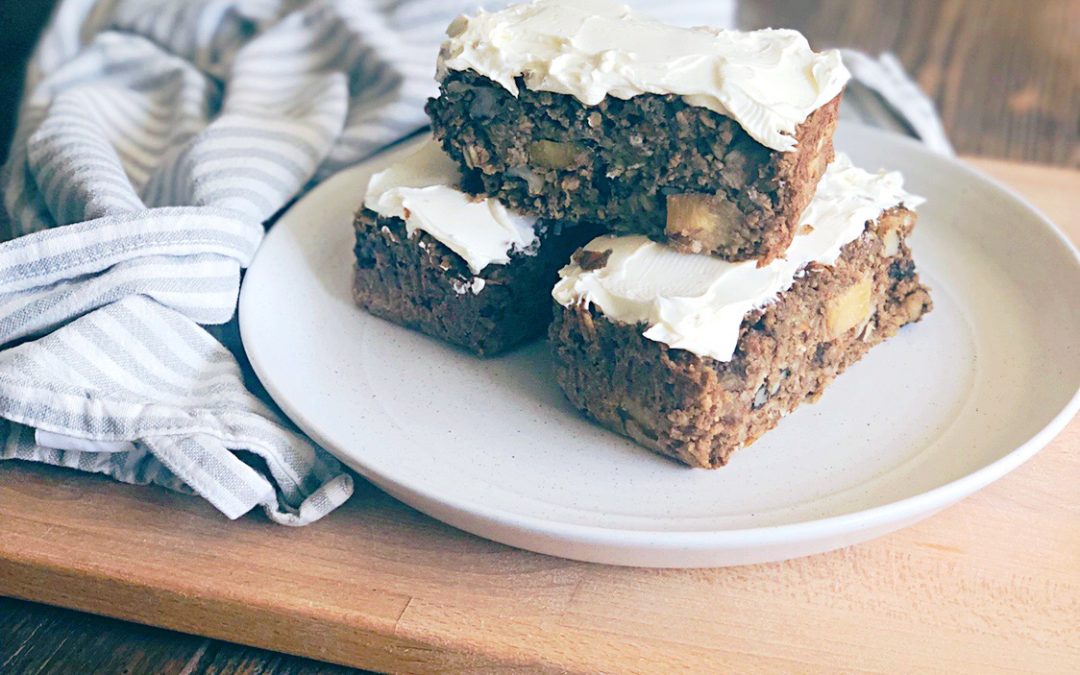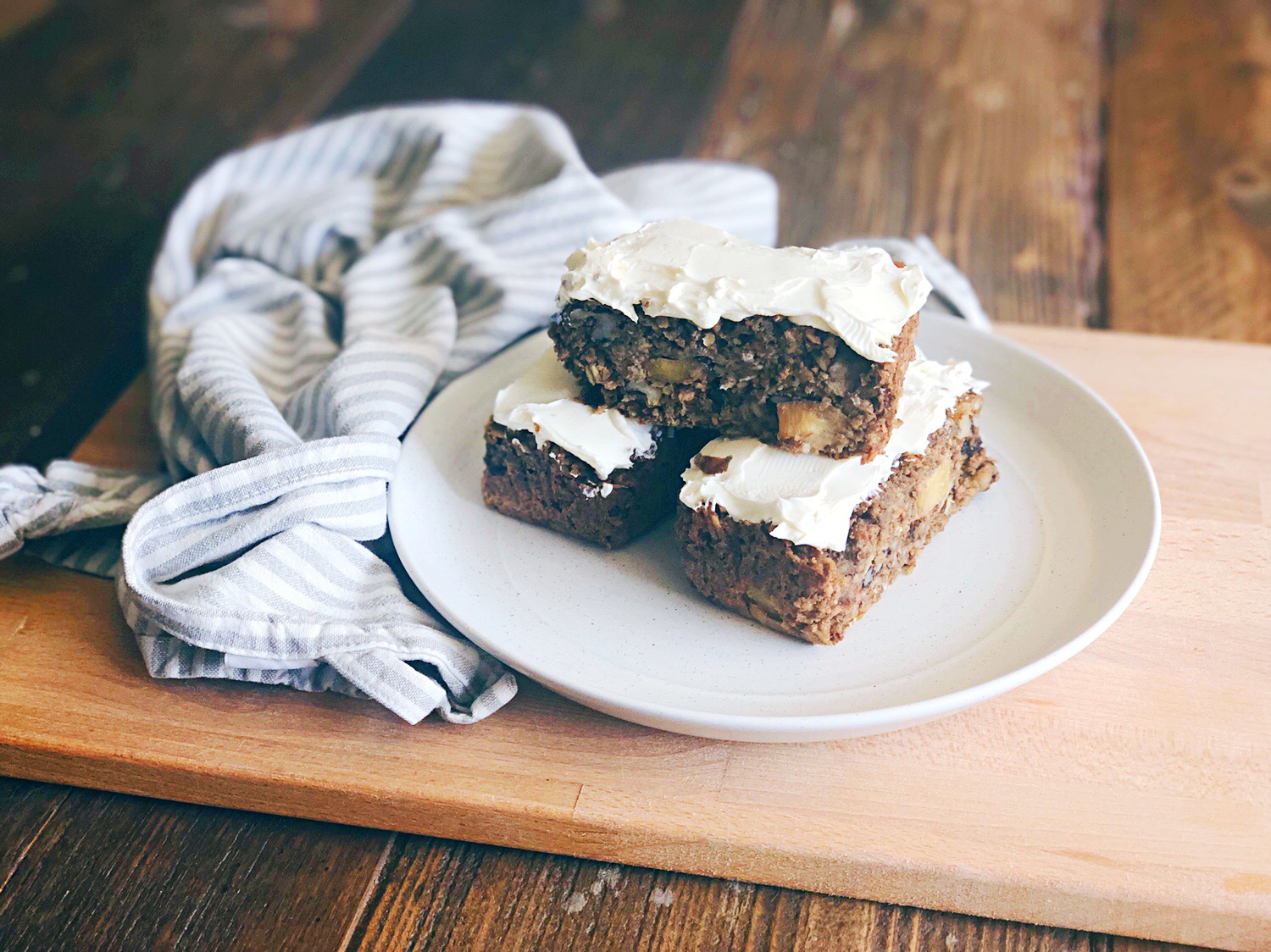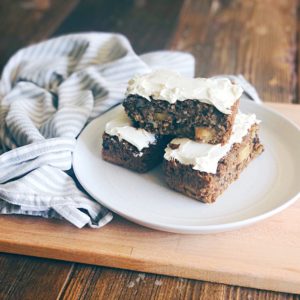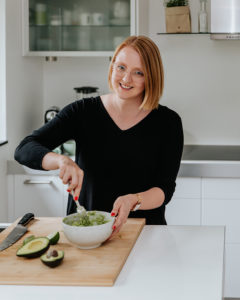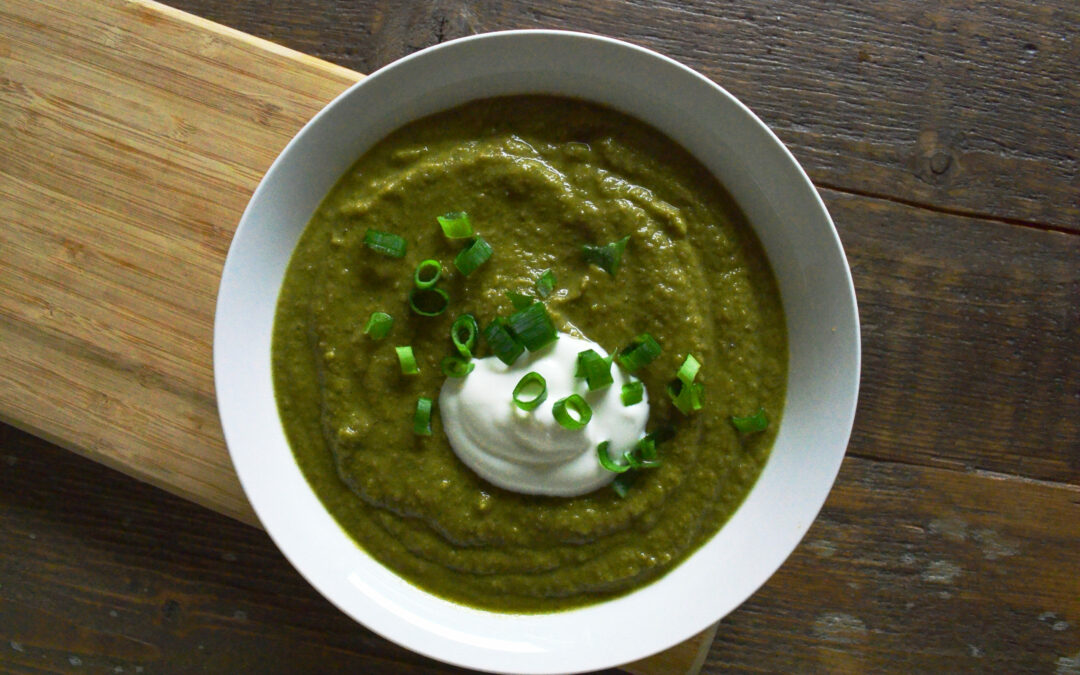
Broccoli and Lentil Soup
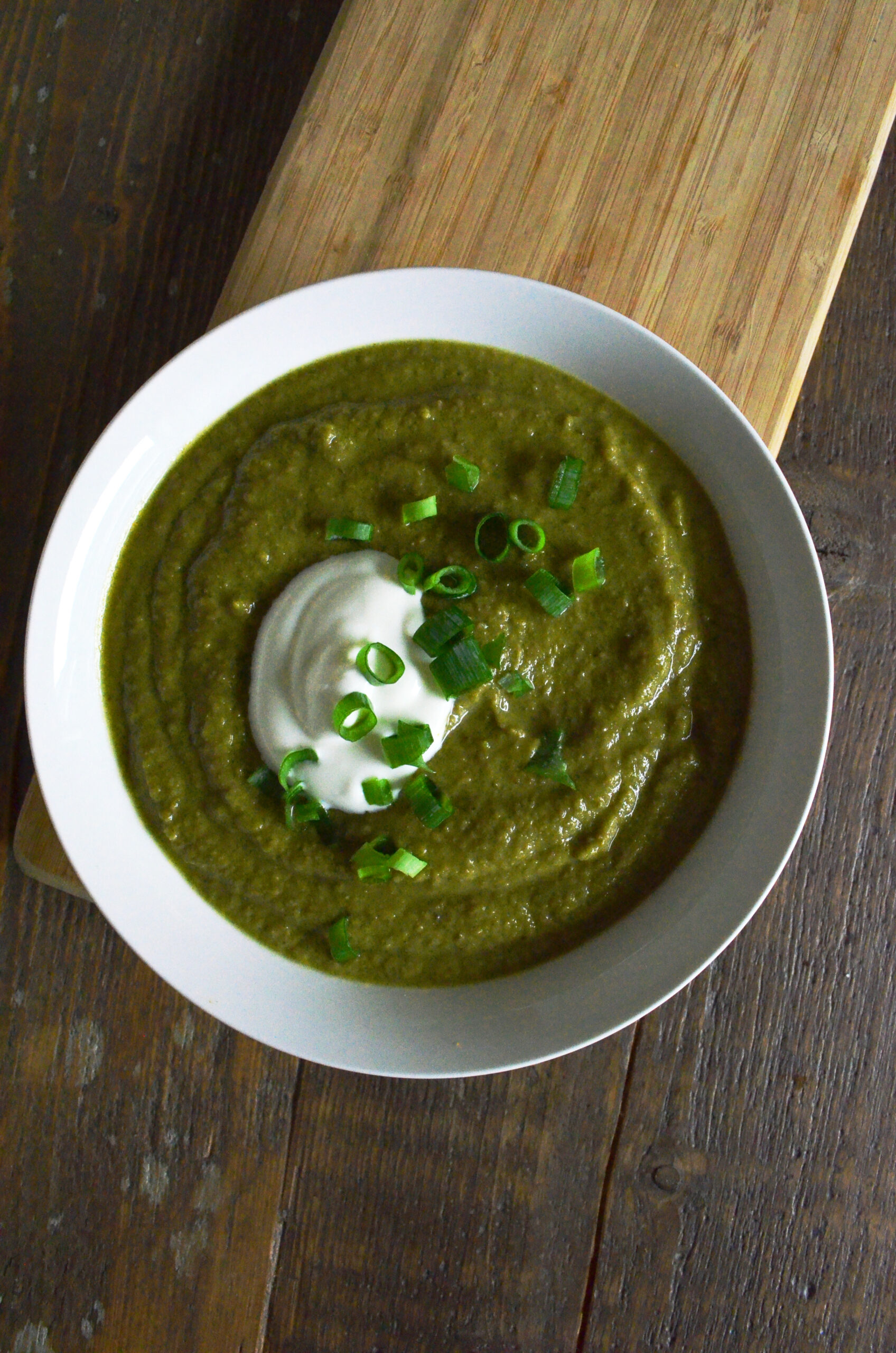
Broccoli and Lentil Soup
Somehow spring seems to have disappeared here the last week or so, and I find myself craving more warming, nourishing food.
It looks like it is back to soups! This hearty soup is with broccoli and lentils, and will really fill you up. Plus most of us could use some extra servings of veggies in our diet. Many aren’t getting their daily requirement, and the vitamins and minerals that we get from vegetables are vital for good health – including keeping our immune system strong.
Just take care if either of these two main ingredients bothers your digestion – the double hit of these two gas-makers could cause you some bloating if you’re sensitive.
Otherwise it is a good serving of veggies and fibre. I hope you enjoy!

Broccoli and Lentil Soup
Equipment
- Immersion blender or regular blender
Ingredients
- 750 g Broccoli florets
- 2 Carrots, Medium chopped
- 2 Celery stalks chopped
- 1 Onion, large diced
- 2 Garlic cloves minced
- 200 g Dried blonde lentils
- 1.5 L Broth, chicken or veggie
- 1 tbsp Olive oil
- 1 tbsp Parsley chopped
- Salt & Pepper to taste
- Sour cream garnish
- Green onion or chives garnish
Instructions
- Heat the olive oil in a large pot over mediumheat. Add in the onion and garlic and sauté for 2-3 minutes until fragrant.
- Add in the carrots and celery and sauté for an additional 5 minutes.
- Add in allremaining ingredients excluding garnishes. It is OK if the broccoli is not completely submerged in the liquid; it will sink / you can push it down as it cooks.
- Bring liquid to a boil, then reduce heat tosimmer. Simmer for 30 minutes until broccoli and lentils are soft.
- Using an immersion blender, or in 3-4 batches in a regular blender, puree the soup until smooth. (Only fill the blender halfway each time and be sure to start on a low setting and slowly increase, opening vent in lid to allow steam to escape.)
- Return to pot over low heat and add additional salt & pepper to taste.
- Plate up and top with a dollop of sour cream and sprinkle with chopped green onion. Enjoy!
Are you struggling to get more veggies into your diet?
Sign-up for the FREE 5×5 veggie challenge and learn how easy it can really be! This 5-day challenge will help you tackle some of the major obstacles holding you back from finally getting started on your healthy living journey.

